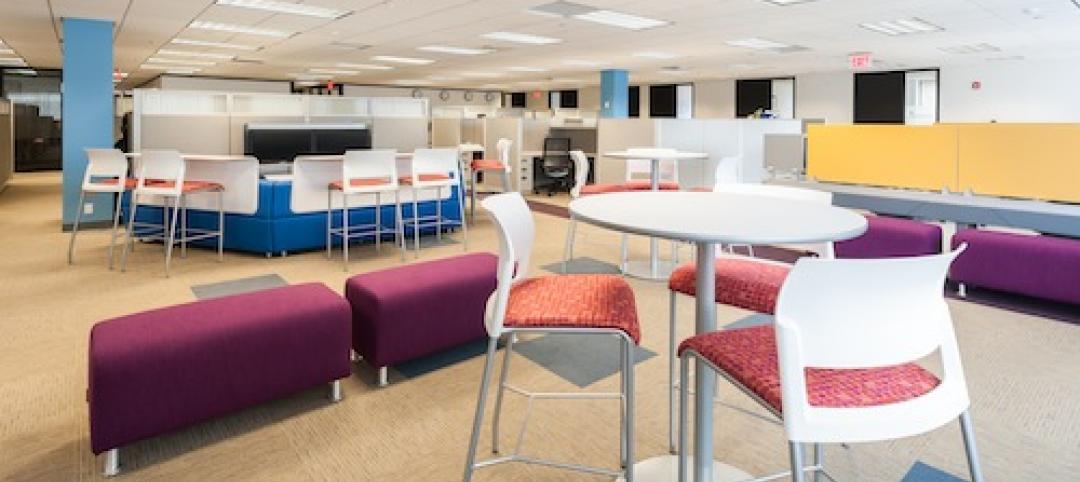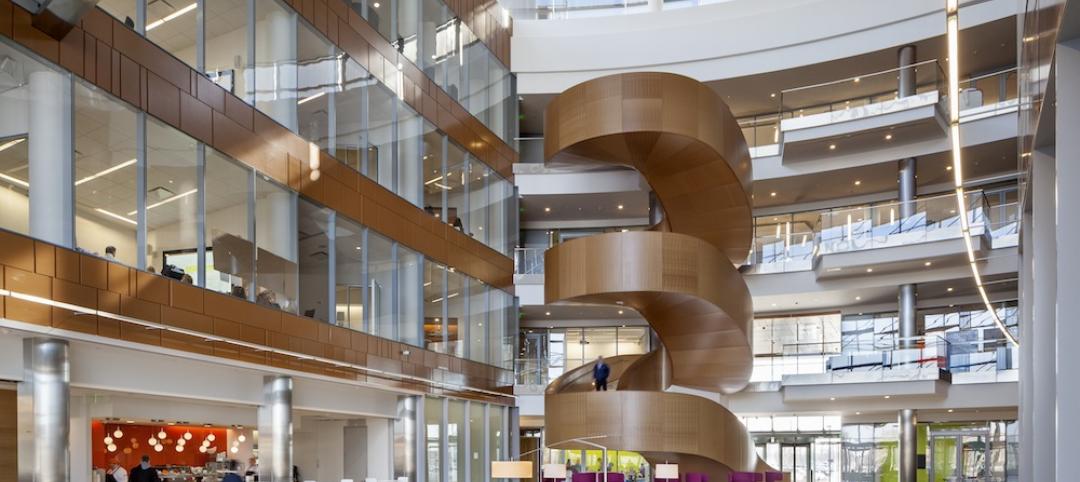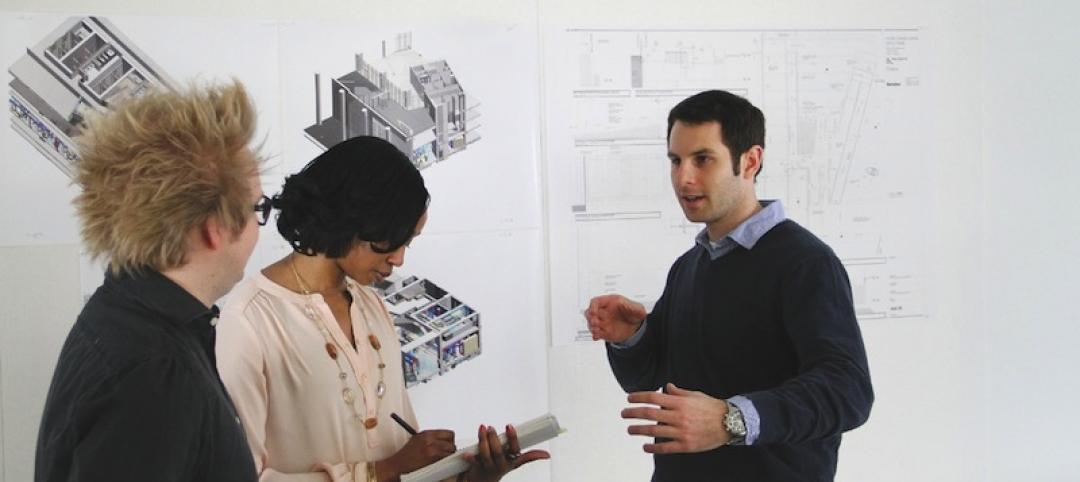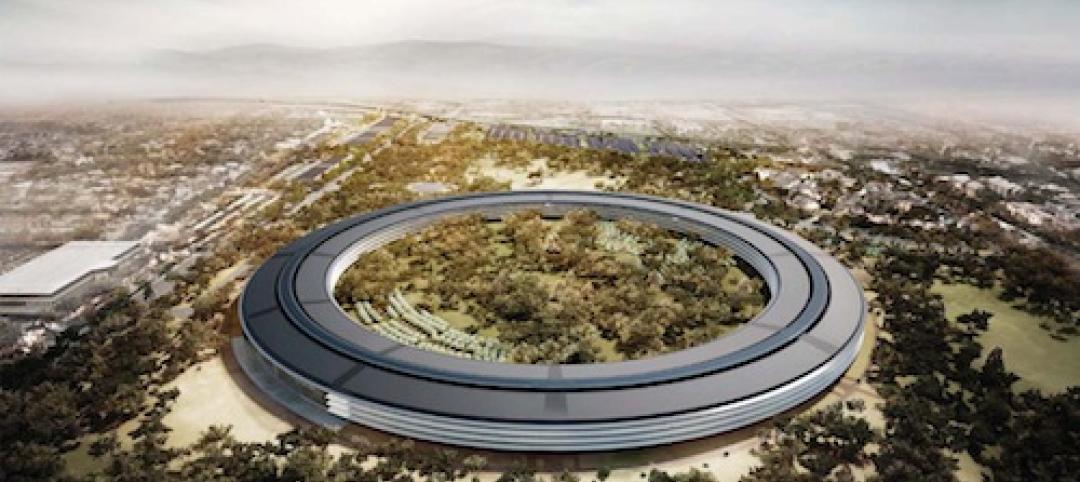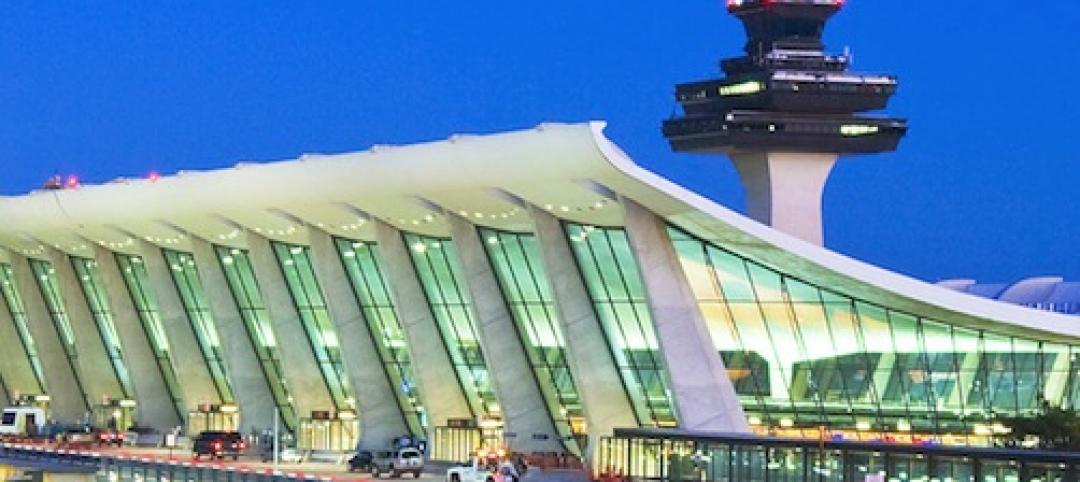Perkins Eastman has released a highly annotated study that suggests that employees are more likely to be open to discovery when their workplaces are infused with a state of play, which the study’s authors define as engaging in activities for the pure enjoyment of the process.
“The right kind of play has an essential role in producing innovation,” the authors state. They elaborate that a sense of being removed from external pressures “leaves us open to different perspectives and experiences.” The authors also see play as an effective social connector, “helping to form trusting relationships or to open up lines of communication.”
The study cites numerous books and papers that examine this topic. One of its touchstone is the Hungarian-American psychologist Mihaly Csikszentmihalyi’s book Creativity: Flow and the Psychology of Discovery and Invention, which provides examples of innovations in art and science that burbled to the surface as a result of specifically not focusing on work. Ransom Stephens, the author of A Look at the Neuroscience of Innovation & Creativity in Art, Science & Life, calls this phenomenon “defocusing into insight.”
This “Google-ization” of the office, where play and work mingle, only leads to discovery, says Perkins Eastman, when play is “serious.” Its study quotes Bruce Nussbaum, a professor of design at Parsons The New School of Design, who wrote: “In serious play there are rules, there is competition, there are winners and losers. Above all, there is learning, the kind of learning that allows you to navigate unknown areas, make unusual connections, and achieve new goals in unforeseen ways.”

AOL was an early adopter of the concept of playful workplaces. When it relocated to its 80,000-sf headquarters Palo Alto, Calif., in 2011, it hired Studio A+O, to refresh and create a more relaxed office environment. Image: Jasper Sanidad/AOL
The study offers several instances where the built environment has increased creative output. It singles out IDEO, the global design and innovation consultant, whose longtime partner Tom Kelley credits his company’s success to a culture of playfulness and collaboration.
IDEO’s offices don’t feel like typical office spaces, Perkins Eastman notes: “Wide-open floor plans provide a flexible backdrop for communal tables and various types of meeting areas. Displays of Post-it-covered walls, outlandish prototyping experiments, and bicycles suspended from the ceiling send the collective message to employees that here, anything goes.”
Kelley describes each IDEO office as a collection of “neighborhoods,” where people are grouped together on a project-by-project basis, as opposed to their skill set or expertise.
To inform its suggested design solutions, Perkins Eastman turns to a recent paper, “Elements of a Successful Playspace: Enhancing Physical, Cognitive and Social Experience,” written by the nonprofit Project for Public Spaces, which considers three overarching concepts for a successful play environment: physical, social, and cognitive.

Perkins Eastman sees plenty of opportunities where play can be a part of the workplace. Image: Perkins Eastman
For companies that want to promote creativity and innovation through play, Perkins Eastman recommends:
Personalization — Giving employees the freedom to personalize their workspaces can be an effective strategy.
Access + Linkages — Collaboration can increase the
rate at which new ideas are generated and played out—an important competitive advantage when it comes to innovation. Bringing people together can raise the level of enthusiasm surrounding new ideas, as well as increase the chances of follow-through.
Variety + Choice — It notes that IDEO’s Kelley emphasizes that hierarchy is the enemy of playful and productive work environments. A company culture that communicates that everyone’s ideas are important is a fertile environment for innovation. It is for this reason that IDEO has strived from its beginning to maintain a flattened corporate structure. IDEO employees are categorized by four “levels of impact” based on their skills and responsibilities.
Related Stories
| Apr 6, 2013
First look: GlaxoSmithKline's double LEED Platinum office
GlaxoSmithKline and Liberty Property Trust/Synterra Partners transform the work environment with the opening of Five Crescent Drive
| Apr 5, 2013
No evidence that mandatory building energy labeling improves efficiency, study says
The Building Owners and Managers Association (BOMA) International and the Greater Boston Real Estate Board (GBREB) released a report, “An Economic Perspective on Building Labeling Policies,” that questions the efficacy of mandatory building energy labeling.
| Apr 5, 2013
'My BIM journey' – 6 lessons from a BIM/VDC expert
Gensler's Jared Krieger offers important tips and advice for managing complex BIM/VDC-driven projects.
| Apr 5, 2013
Projected cost for Apple's Campus 2 balloons to $5 billion
Campus 2, Apple Inc.'s proposed ring-shaped office facility in Cupertino, Calif., could cost $5 billion to build, according to a report by Bloomberg.
| Apr 3, 2013
5 award-winning modular buildings
The Modular Building Institute recently revealed the winners of its annual Awards of Distinction contest. There were 42 winners in all across six categories. Here are five projects that caught our eye.
| Apr 2, 2013
6 lobby design tips
If you do hotels, schools, student unions, office buildings, performing arts centers, transportation facilities, or any structure with a lobby, here are six principles from healthcare lobby design that make for happier users—and more satisfied owners.
| Mar 29, 2013
PBS broadcast to highlight '10 Buildings That Changed America'
WTTW Chicago, in partnership with the Society of Architectural Historians, has produced "10 Builidngs That Changed America," a TV show set to air May 12 on PBS.
| Mar 29, 2013
Shenzhen projects halted as Chinese officials find substandard concrete
Construction on multiple projects in Guangdong Province—including the 660-m Ping'an Finance Center—has been halted after inspectors in Shenzhen, China, have found at least 15 local plants producing concrete with unprocessed sea sand, which undermines building stabity.



